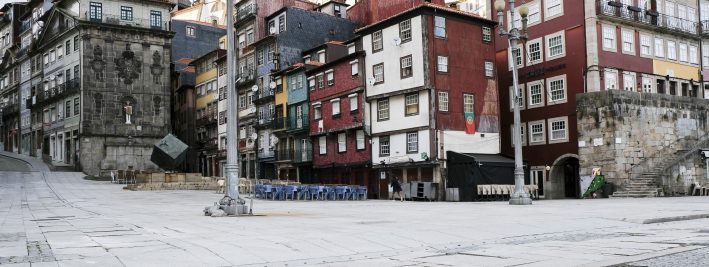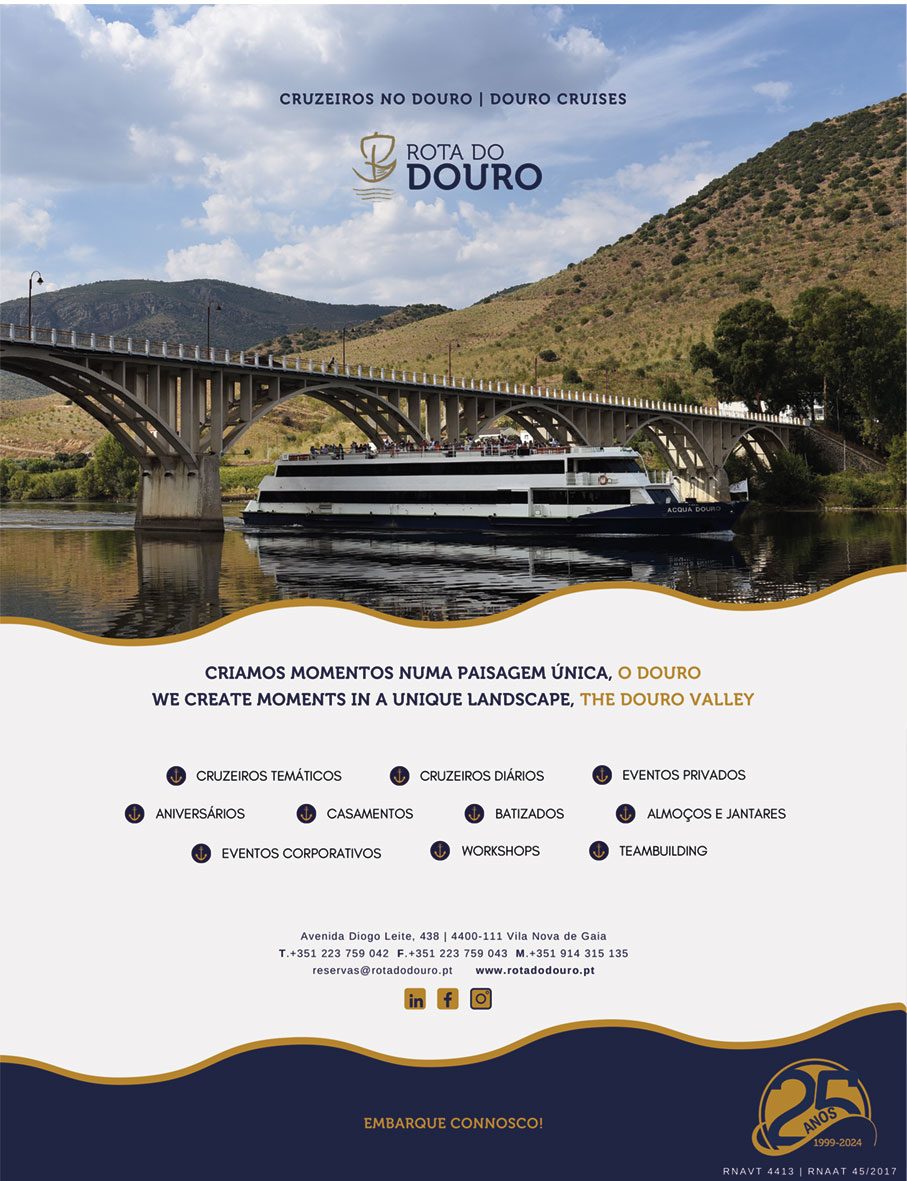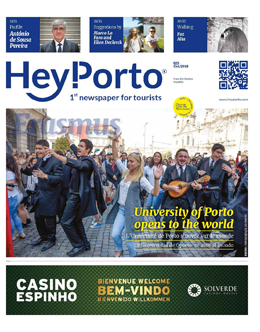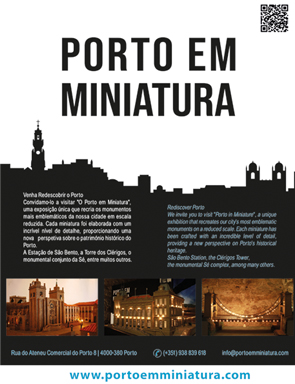Ribeira is one of the oldest and most typical squares in the city of Porto, located on the banks of the Douro River.
Of medieval origin, it has always been quite busy, due to the great economic activity and the presence of a port a few kilometres away.
It was, therefore, an important point of entry and exit of people and goods in the invicta city.
The thirteenth century represented a period of expansion in which Porto grew close to the riverside. Houses, streets, stairs and alleys developed.
At the beginning of the 15th century, the Ribeira teemed with people connected to the multiple activities of the river and the sea, the domain of merchants and a breeding ground for the bourgeois.
Over time it has undergone urban changes. In the 17th century, in an urban plan for the city of Porto, the Praça da Ribeira was altered. Rua de São João was opened, improving the access from Ribeira to the highest part of the city, which, until then, was mainly through Rua dos Mercadores.
Where a 17th century fountain would have existed, a “Cubo” was placed practically in the middle of the square.
Despite all the transformations that occurred in the centre of Porto, the city remained facing the Douro, living in function of its river.
Its intense commercial traffic, always covered by ships, made Ribeira square the economic and social centre of the city.
The picturesque buildings that surround the square and the fantastic proximity and view of the Douro River and Vila Nova de Gaia, as well as the bridges over the river, make this square a place of unparalleled beauty.
Part of the Historic Centre of Porto, a UNESCO World Heritage Site since 1991, it is a very popular area with tourists and a concentration of bars and restaurants.
Ribeira is the picture postcard of Porto and one of the most visited areas of the city.








Comments are closed here.